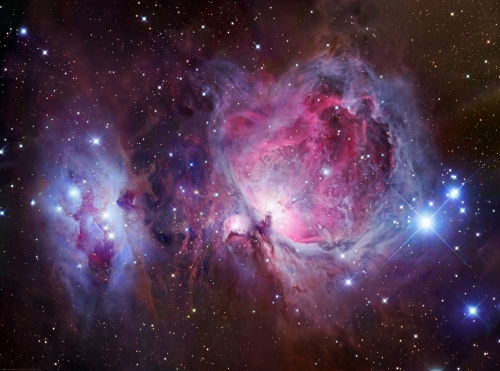Southern Stars has a long history in the space business. We’ve been developing planetarium software since 1993. Our SkyChart III for Mac and Windows won Sky & Telescope magazine’s first Hot New Products award in 1998.
In June 2009, we launched our first iPhone app, SkyVoyager, now renamed SkySafari. Simultaneously, we developed SkyFi, the first wireless iPhone-based solution for telescope control. That product, and the iPhone app, won a Best of Show award at MacWorld 2010.
In January 2011, we released SkyWire, the world’s first Apple-approved serial cable for iPhone/iPad/iPod Touch. Engineered by Redpark Product Development, this product has become the global standard in serial communication for iOS devices.
Later in 2011, we released SkySafari 3 for iOS, SkySafari for Mac OS X, and an Android version of SkySafari. Sky & Telescope magazine named SkySafari 3 a top new Hot Product for 2012. SkySafari 3 has been officially endorsed by Astronomers Without Borders as its preferred mobile astronomy app worldwide.
In December, 2013, the SkySafari astronomy apps for iOS, Android, and Mac OS X were acquired by Simulation Curriculum Corporation, along with the SkyFi and SkyWire telescope control accessories. Southern Stars continues to play a consulting role in SCC’s continued development of these products.
As of 2018, the iOS and Android versions of SkySafari have been downloaded more than 5 million times from the iTunes Store and Google Play.
SkyCube deployed from the ISS into its own orbit on 28 February 2014. Contact was established on 27 March 2014, demonstrating that the satellite had (mostly) functioned for a month on orbit. SkyCube re-entered the Earth’s atmosphere on 9 November 2014.
In 2015, we worked with Pumpkin, Inc. to develop a hosted payload aboard the “Beta” mission of Pumpkin’s SUPERNOVA 6U CubeSat bus. Since that time, we’ve assisted other clients with nano-satellite licensing and regulatory issues, mission planning, and project management.
With our roots in astronomy software development, our expertise in telescope control, and our growing experience with small spacecraft missions, the sky is truly no longer a limit!
